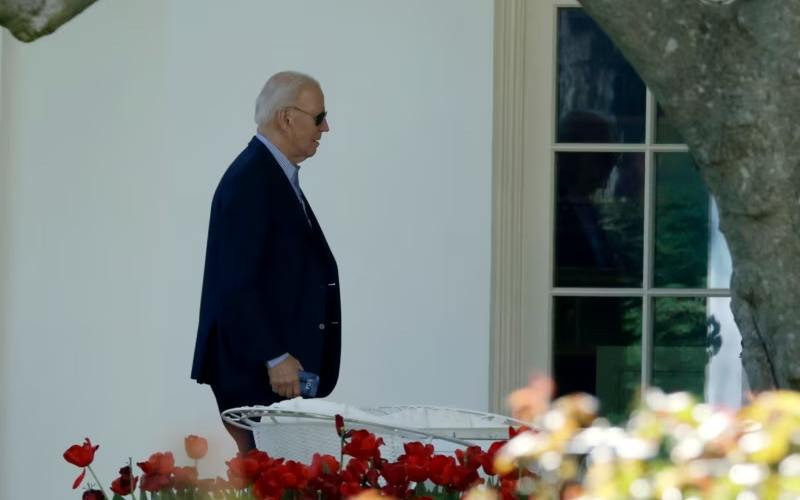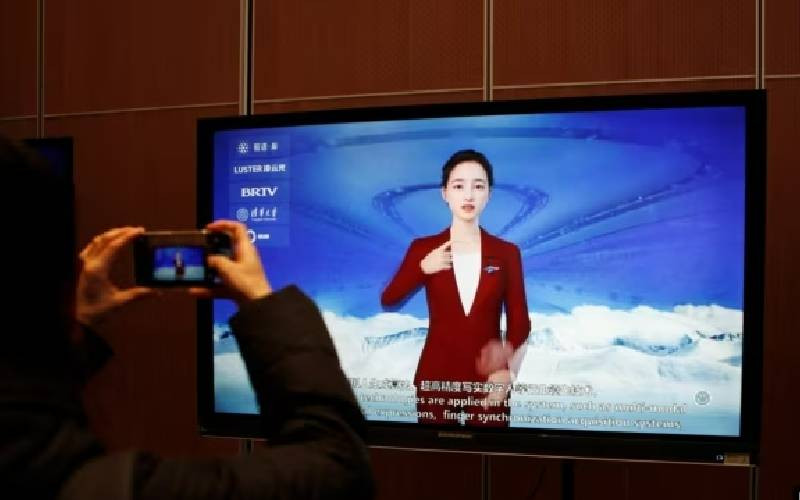'Forensic' or legal medicine is the application of medical knowledge in the multifaceted process of an investigation, be it at the scene of crime, the morgue, the laboratory or even in the court room.
The age-old and almost blind reliance of forensics in the justice system has recently had an unimaginable jolt, rendering the science in legal forums questionable.
Last month, the Federal Bureau of Investigation (FBI) and the US Justice Department, together with the Innocence Project and the National Association of Criminal Defence Lawyers, released the preliminary findings of USA's largest post-conviction review of questioned forensic evidence.
The FBI identified about 2,500 cases for review. According to the findings, 26 out of 28 FBI examiners working with the FBI Laboratory's microscopic hair comparison unit overstated matches to favour the prosecution's case. Out of the 200 convictions reviewed, 32 defendants were sentenced to death and subsequently 14 have either been executed or died in prison. The other convicted persons have been serving long sentences, which are presently under review.
According to scientists, every contact leaves a trace, which is the fountain from which flows any quest for scientifically proven truths, provided the techniques used are honest, professional and without bias.
As the debate continues on the matter of reliability and credibility of forensic evidence, in the wake of colossal forensic scandals, one thing is now clear: science and scientists can and do pervert the course of justice. Investigators take to the witness stand describing themselves as "experts" and unleash scientific jargon on the court. This has at times led to wrongful condemnation of many accused.
As it stands now, after the revelation on unreliability of three-decade use of microscopic hair analysis to incriminate defendants by the FBI agents, courts in all jurisdictions will be cautious with forensic evidence.
And society should continually seek to review its scientific parameters in a world where the truth is so often obscured. There have been numerous questions over forensic science. Even the highly praised DNA profiling and analysis is fuelled by glaring discrepancies.
The New Scientist, a reputable US magazine, sent a sample of DNA from a real crime scene to 17 experienced analysts in a laboratory. The experts' differing results cast doubts over the DNA's reliability.
The sample, from a rape case, had already been used to convict a man - but only one of the 17 scientists came up to the same conclusion. Four said the evidence was inconclusive and 12 said the convict could be excluded.
In both civil and criminal cases in all jurisdictions, modes of obtaining and examining DNA samples should be questioned. Incredibly, small amounts of samples of evidence are used for DNA testing and pressure to gain a conviction are leading to bias among the scientists.
As the scientists and the legal fraternity mourn erroneous convictions of innocent people through manipulated scientific truths, courts need to take a scientific pause. An in-depth survey should be taken on the probative value of each and every forensic evidence presented.
In Kenya, there is a recognition of inherent and unquestionable reliability of forensic evidence in various statutes deeming it admissible in criminal prosecutions. Recently, the amendment to the Evidence Act by Security Laws Amendment Act now allows "digital evidence" to be adduced in court.
In terror-hit Kenya, there is undoubtedly need for science to play a part in recovery of data from relatives of deceased, excavation of mass graves and recovery and identification of human remnants and even obtaining incriminating evidence to be used against accused.
In almost every instance, scientific evidence tests the abilities of judges and lawyers, all of whom may lack the scientific expertise to comprehend the evidence and evaluate it in an informed manner.
Stay informed. Subscribe to our newsletter
In Kenya, whenever a high profile criminal case or disaster such as the 'Westgate' and Garissa University College terrorist attack takes place, a habit has been formed by the Kenyan Investigators to rush to the FBI or Scotland Yard for assistance.
Almost all investigators in finger-printing, narcotics investigation and anti-terrorism agencies are trained by Americans or English agencies which in retrospect may not be a good thing.
In February, the National Crime Forensic Laboratory (NCFL) at the Kenya Medical Research Institute Centre in Nairobi was commissioned. The facility will cost Sh1 billion. It is expected to cut on expenses and time wasted in sending samples to foreign countries for processing, as well as furthering the usage of science in crime detection.
The work of the NCFL has yet to be manifested in the fight against crime in all corners of the country and the scene-of-crime personnel in the police force, the pathologists in the various morgues, and the laboratories need to be well educated in the science of forensics.
It was interesting that the Argentinean Malvinas Islands Foreign Affairs Secretary last week volunteered to train Kenyan officers in forensics. Argentina is presently training doctors and working with forensic experts in Vietnam, Guatemala, Libya, Spain and Nigeria.
Blind faith in science and possibilities of injustice even in our jurisdiction must be guarded and a home-grown cadre of professionals hopefully will surface from NCFL.
 The Standard Group Plc is a
multi-media organization with investments in media platforms spanning newspaper
print operations, television, radio broadcasting, digital and online services. The
Standard Group is recognized as a leading multi-media house in Kenya with a key
influence in matters of national and international interest.
The Standard Group Plc is a
multi-media organization with investments in media platforms spanning newspaper
print operations, television, radio broadcasting, digital and online services. The
Standard Group is recognized as a leading multi-media house in Kenya with a key
influence in matters of national and international interest.
 The Standard Group Plc is a
multi-media organization with investments in media platforms spanning newspaper
print operations, television, radio broadcasting, digital and online services. The
Standard Group is recognized as a leading multi-media house in Kenya with a key
influence in matters of national and international interest.
The Standard Group Plc is a
multi-media organization with investments in media platforms spanning newspaper
print operations, television, radio broadcasting, digital and online services. The
Standard Group is recognized as a leading multi-media house in Kenya with a key
influence in matters of national and international interest.








